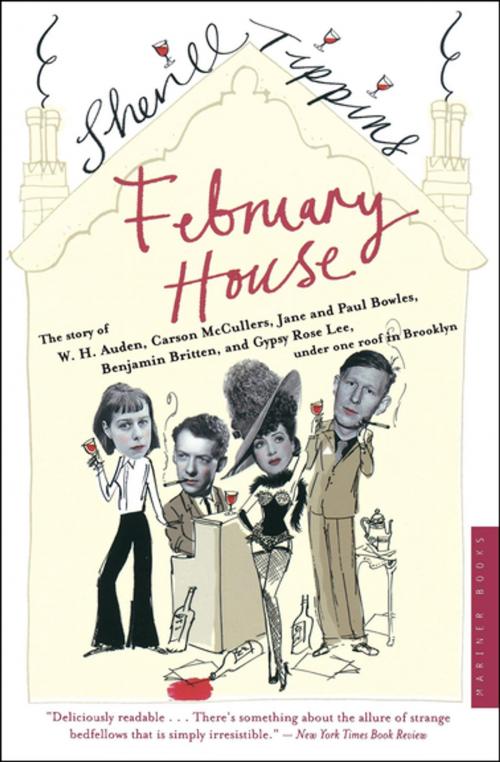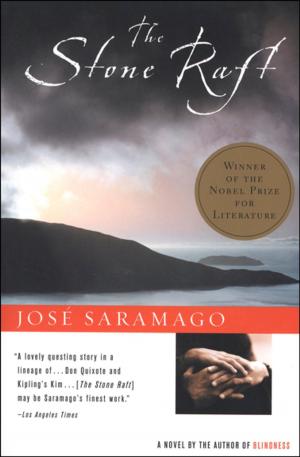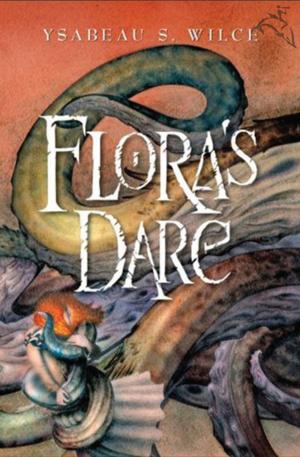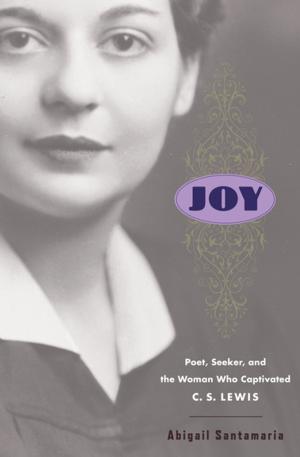February House
The Story of W. H. Auden, Carson McCullers, Jane and Paul Bowles, Benjamin Britten, and Gypsy Rose Lee, Under One Roof in Brooklyn
Fiction & Literature, Literary Theory & Criticism, Gay & Lesbian, Biography & Memoir, Literary, Nonfiction, History, Americas, United States, 20th Century| Author: | Sherill Tippins | ISBN: | 9780544987364 |
| Publisher: | Houghton Mifflin Harcourt | Publication: | July 26, 2016 |
| Imprint: | Mariner Books | Language: | English |
| Author: | Sherill Tippins |
| ISBN: | 9780544987364 |
| Publisher: | Houghton Mifflin Harcourt |
| Publication: | July 26, 2016 |
| Imprint: | Mariner Books |
| Language: | English |
An “irresistible” account of a little-known literary salon and creative commune in 1940s Brooklyn (The Washington Post Book World).
A San Francisco Chronicle Best Book of the Year
February House is the true story of an extraordinary experiment in communal living, one involving young but already iconic writers—and America’s best-known burlesque performer—in a house at 7 Middagh Street in Brooklyn. It was a fevered yearlong party, fueled by the appetites of youth and a shared sense of urgency to take action as artists in the months before the country entered World War II.
In spite of the sheer intensity of life at 7 Middagh, the house was for its residents a creative crucible. Carson McCullers’s two masterpieces, The Member of the Wedding and The Ballad of the Sad Cafe, were born, bibulously, in Brooklyn. Gypsy Rose Lee, workmanlike by day, party girl by night, wrote her book The G-String Murders in her Middagh Street bedroom. W. H. Auden—who, along with Benjamin Britten, was being excoriated back in England for absenting himself from the war—presided over the house like a peevish auntie, collecting rent money and dispensing romantic advice. And yet all the while, he was composing some of the most important work of his career.
Enlivened by primary sources and an unforgettable story, this tale of daily life at the most fertile and improbable live-in salon of the twentieth century comes from the acclaimed author of Inside the Dream Palace: The Life and Times of New York’s Legendary Chelsea Hotel.
“Brimming with information . . . The personalities she depicts [are] indelibly drawn.” —Los Angeles Times Book Review
“Magnificent . . . Not to mention funny and raunchy.” —The Seattle Times
An “irresistible” account of a little-known literary salon and creative commune in 1940s Brooklyn (The Washington Post Book World).
A San Francisco Chronicle Best Book of the Year
February House is the true story of an extraordinary experiment in communal living, one involving young but already iconic writers—and America’s best-known burlesque performer—in a house at 7 Middagh Street in Brooklyn. It was a fevered yearlong party, fueled by the appetites of youth and a shared sense of urgency to take action as artists in the months before the country entered World War II.
In spite of the sheer intensity of life at 7 Middagh, the house was for its residents a creative crucible. Carson McCullers’s two masterpieces, The Member of the Wedding and The Ballad of the Sad Cafe, were born, bibulously, in Brooklyn. Gypsy Rose Lee, workmanlike by day, party girl by night, wrote her book The G-String Murders in her Middagh Street bedroom. W. H. Auden—who, along with Benjamin Britten, was being excoriated back in England for absenting himself from the war—presided over the house like a peevish auntie, collecting rent money and dispensing romantic advice. And yet all the while, he was composing some of the most important work of his career.
Enlivened by primary sources and an unforgettable story, this tale of daily life at the most fertile and improbable live-in salon of the twentieth century comes from the acclaimed author of Inside the Dream Palace: The Life and Times of New York’s Legendary Chelsea Hotel.
“Brimming with information . . . The personalities she depicts [are] indelibly drawn.” —Los Angeles Times Book Review
“Magnificent . . . Not to mention funny and raunchy.” —The Seattle Times















